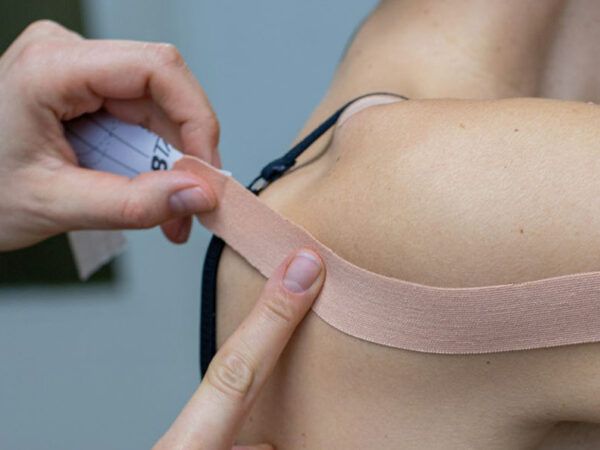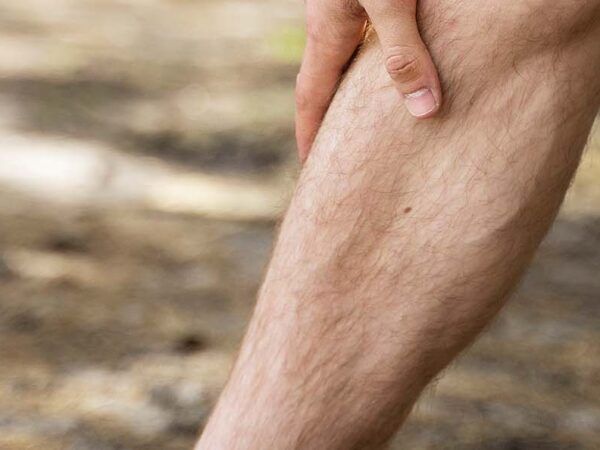What is the periostitis?
A common injury for runners and people practicing certain sports (football, basketball, soccer, or dance), periostitis, also known as medial tibial stress syndrome or ‘shin splints’, is an inflammation of the periosteum, a membrane covering the tibia bone. Periostitis is characterized by diffuse pain often located on the medial tibial crest, which lessens or disappears during warm-up and may increase immediately after physical activity or the following day.
Causes of periostitis
- A major increase of mechanical stress on the tibia due to a change in training mode or intensity.
- The periosteum is an attachment site for several muscles (soleus, flexor digitorum longus, tibialis posterior). Overworking these muscles can create muscular tension and cause irritation at their attachment site on the periosteum.
- Foot and ankle biomechanical problems, such as uncontrolled or excessive pronation.
- A biomechanical problem within the inferior quadrant (lower back, sacroiliac, hip or knee).
How can the physiotherapist intervene?
The physiotherapist will assess the weekly amount of exercises, training intensity, mileage (for runners) and shoe type while taking recent training changes into account.
Then, the physiotherapist will assess the lower quadrant, which will allow him or her to identify other possible causes of periostitis and to prescribe an appropriate treatment plan until the injury heals.
Phase 1 – Inflammation, until day 10
- Intervention : electrotherapy.
- Education :
– Rest, ice, compression, elevation.
– Posture and gait assessment.
– Technical needs assessment (cane, crutches).
Phase 2 – Profileration, 10 days to 8 weeks
- Intervention :
– Manual therapy.
– Electrotherapy.
– Strengthening, flexibility and proprioception exercises.
– Mechanical stress quantification.
– Taping, as necessary.
Phase 3 – Remodeling, up to one year
- Intervention :
– Progressive exercises.
– Mechanical stress quantification and training advice.
– Education about prevention.
Early intervention by a physiotherapist who is an expert in running and sports at Kinatex will ensure a rapid return to activities and reduce the risk of recurrence. The physiotherapist provides the patient with tools to prevent injuries and determine the appropriate training volume for preferred sports.
References
1 Brukner P, Khan, et al., Clinical Sports Medicine, 3rd edition, 2006; 567-569. 2 Galbraith RM, Lavallee ME. Medial tibial stress syndrome: conservative treatment options, Curr Rev Musculoskelet Med, 2009; 2 : 127-133. 3 Hamstra-Wright KL, et al.. Risk factors for medial tibial stress syndrome in physically active individuals such as runners and military personnel: a systematic review and meta-analysis, Br J Sports Med 2014; 0: 1–9. 4 Neal BS, et al.. Foot posture as a risk factor for lower limb overuse injury: a systematic review and meta-analysis, Journal of Foot and Ankle Research 2014, 7:55.



